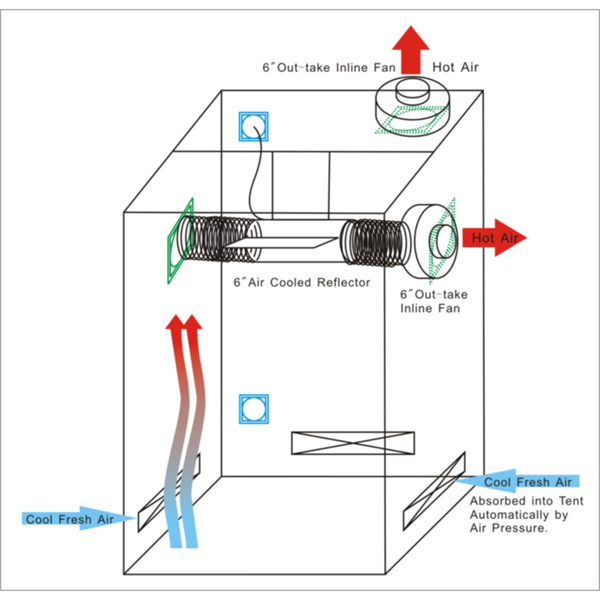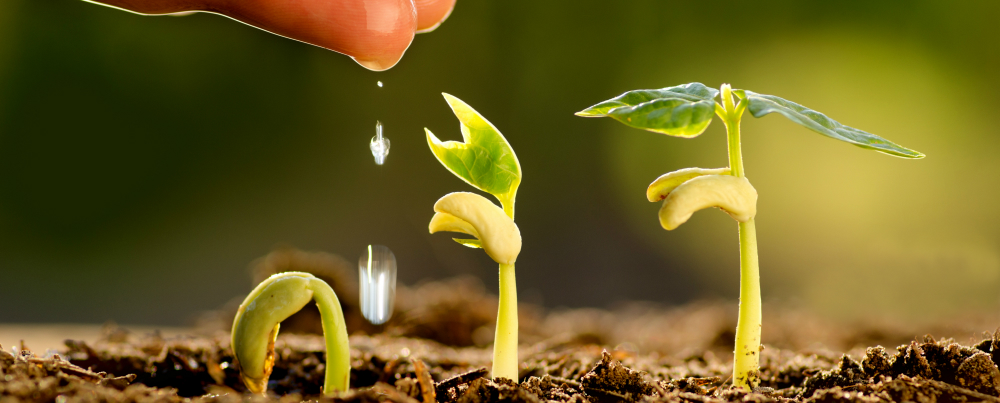FAQ
Your one-stop Hydroponic Superstore in Melbourne

What EC (PPM) or CF should I maintain?
This can vary according to the growth phase, time of year and type of plant being grown.
eg: If you’re using RAPID Range Nutrients and you have vigorous, fast growing plants such as a tomato plant, to maintain a
safe nutrient level and minimise salt buid-up then the following will apply:
|
|
Summer |
Winter |
|
Early Veg |
1.0 EC |
1 - 1.4EC |
|
|
|
|
|
Late Veg through to harvest |
up to 1.8 EC |
up to 2.4 EC |

.jpg)
PH, or Potential of Hydrogen, is a measure of the acidity or alkalinity of a solution. Aqueous solutions at 25°C with
a pH less than seven are considered acidic while those with a pH greater than seven are considered basic (alkaline).
A pH meter can be very useful in a variety of situations, from measuring drinking water to pool water, or for many
industrial or commercial applications.
PH is one of the most important factors in nutrient management and can make the difference between a
successful, healthy crop and a wasted season. Maximum nutrient absorption occurs when pH levels
are maintained between 5.5 and 6.5.
"Dissolved solids" refer to any minerals, salts, metals, cations or anions dissolved in water.
This includes anything present in the water other than the pure water (H20) molecule and suspended solids.
Suspended solids are any particles/substances that are neither dissolved nor settled in the water,
such as wood pulp.
In general, the total dissolved solids concentration is the sum of the cations (positively charged) and anions
(negatively charged) ions in the water. Parts per million (ppm) is the weight-to-weight ratio of any ion to water.
A TDS meter is based on the electrical conductivity (EC) of water. Pure H20 has virtually zero conductivity.
Conductivity is usually about 100 times the total cations or anions expressed as equivalents.
TDS is calculated by converting the EC by a factor of 0.5 to 1.0 times the EC, depending upon the levels.
Typically, the higher the level of EC, the higher the conversion factor to determine the TDS.
Generally, if your tap water is good enough fo you to drink, it will be fine to use for your plants.



CMH Fan Size Calculator
|
GROW SPACE SIZE (L X W X H) |
MINIMUM CMH OF FAN* |
|---|---|
|
1 x 1 x 2 |
140 CMH |
|
1.2 x 1.2 x 2.3 |
230 CMH |
|
1.2 x 2.4 x 2.3 |
460 CMH |
|
2.4 x 2.4 x 2.3 |
930 CMH |
|
1.5 x 1.5 x 2.3’ |
360 CMH |
|
1.5 x 3 x 2.3 |
725 CMH |
|
3 x 3 x 2.3 |
1450 CMH |
|
3 x 6 x 2.7 |
3400 CMH |
|
4 x 4 x 2.7 |
3000 CMH |
An indoor hydroponic grow room can be set up just about anywhere, from a spare room to a garage or shed.
There are just a few things that you need to take into consideration when picking out the perfect place for a
hydroponic grow room.
To get an idea of just what your plants will require, picture a sunny spot of an outside garden on a warm summer's day.
Just about any plant will grow well in these conditions, and these are the exact same conditions that we need to
recreate in an indoor hydroponic grow room. There are three major categories that we need to focus on in creating
a grow room: temperature, humidity and light.
Temperature is one of the most important design considerations when setting up a hydroponic grow room.
Most plants do well in a temperature range of 20-28°C. It’s not that difficult to achieve this temperature
range in your grow room, especially when the lights are on. If your temperatures become too high, inlet and
extractor fans pumping the hot air out of the room can help to control the temperature.
You can set up a thermostat to your fan to automate the whole operation. When the lights are off, you need to
make sure that your temperatures do not become too low. Most of all, you need to avoid huge temperature fluctuations
between the
day and night cycles because this can result in poorly formed plants.
.jpg)
A successful hydroponic grow room will always maintain a healthy humidity level. Excessive humidity for long periods
can result in the formation of grey mould. Once started, it can quickly spread and affect your entire crop.
Using a device called a hygrometer mounted on the wall inside your hydroponic grow room will allow you to keep an eye on
humidity levels. It is important to keep nutrient reservoirs covered at all times so they don’t contribute to higher
humidity levels. Humidity levels can be easily controlled as with temperature by using inlet
and extractor fans to rid the room of heat or humidity. As a general rule, it is best to keep humidity in your
grow rooms between 40-60%, as this will prevent mould problems and minimize pest infestation.
Lighting is one of the most important factors when designing your grow room. This will not matter as much if you’re
in a greenhouse receiving full sunlight, but if you’re in a cellar or a structure with a normal roof,
you’ll have to provide the light yourself and recreate light that is similar to the sun’s rays.
Artificial lighting is a quick and easy solution. Artificial lighting can be easily controlled, and we stock a wide
range of controllers and timers here at Simply Hydroponics.
By using artificial lighting, the grower can simulate the long days of summer to improve growth levels.
Start to slowly reduce the time the lights are on to simulate shortening days in order to induce the plants to start flowering.
A well designed hydroponic grow room will produce fantastic results with almost any type of plant that you decide to grow.

